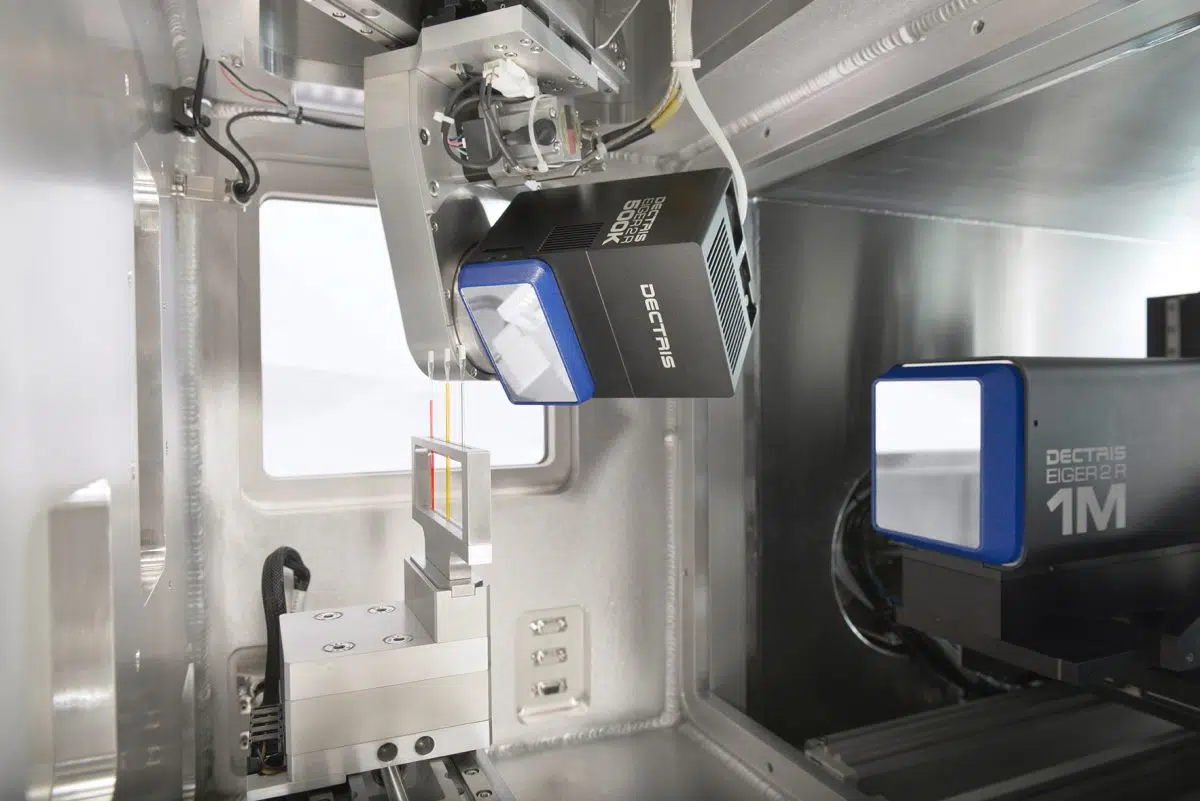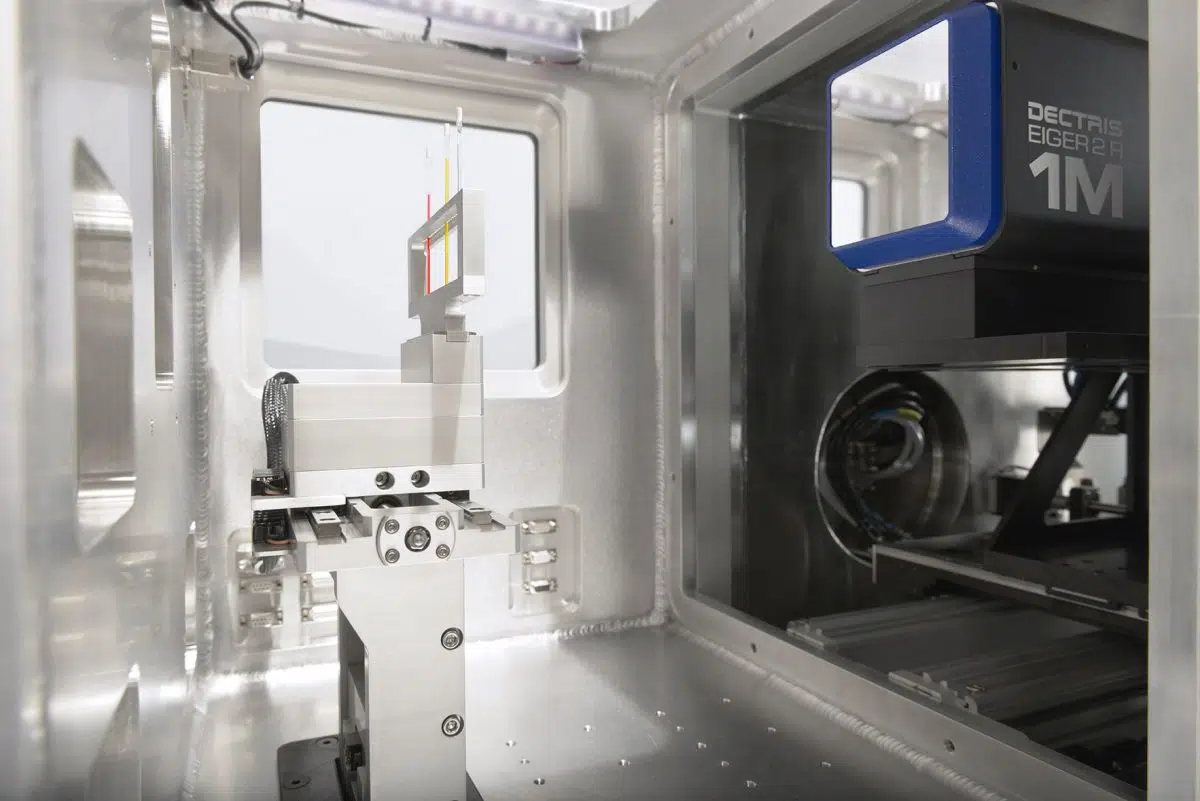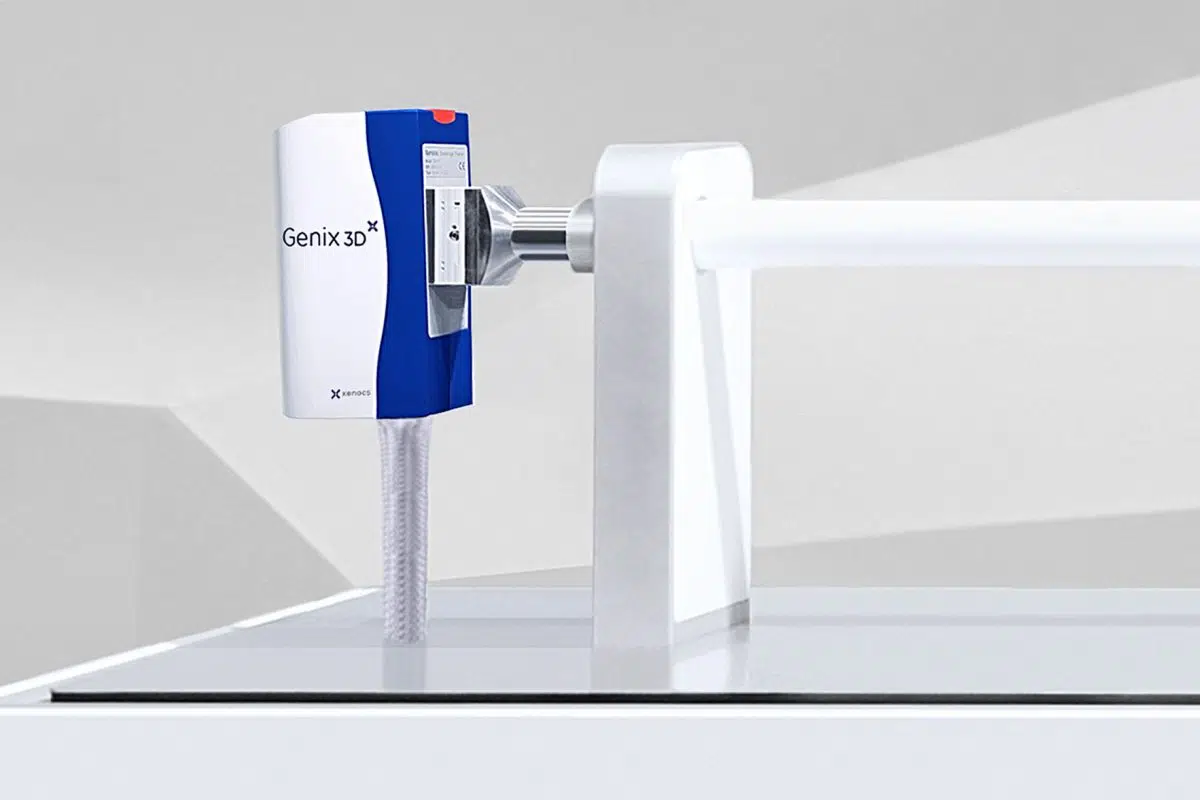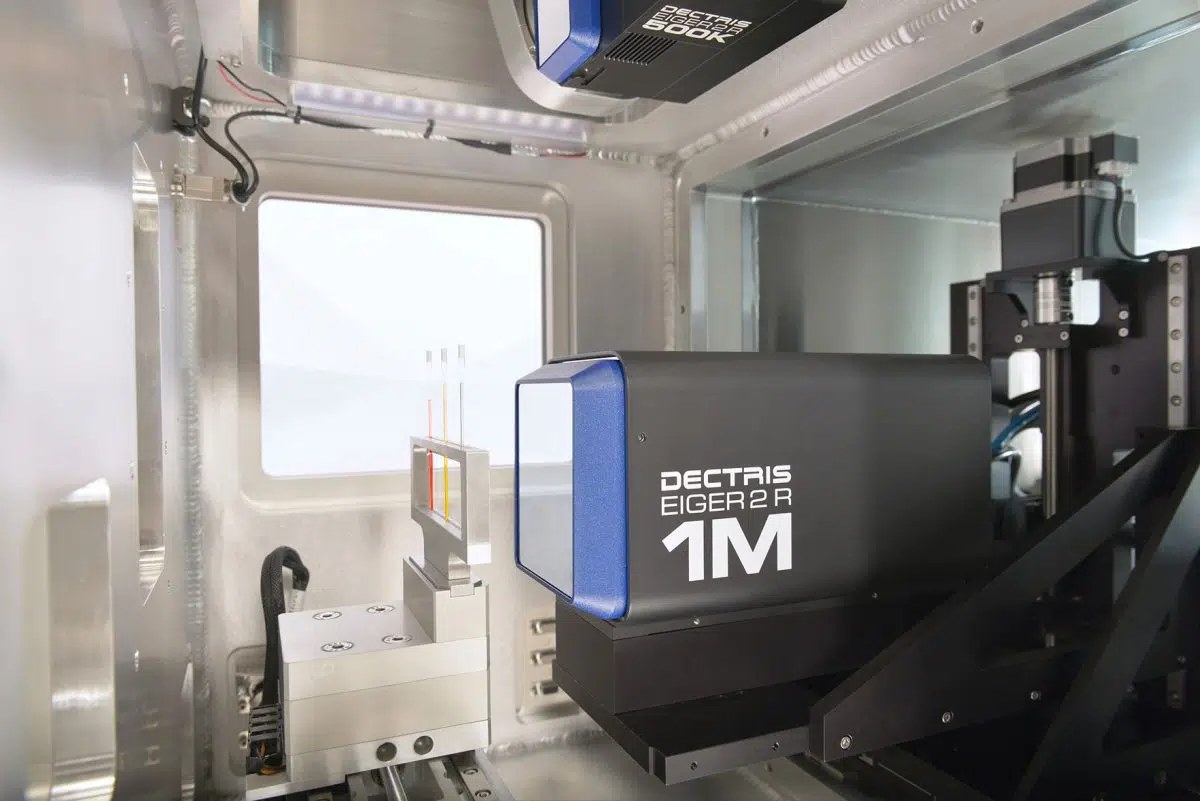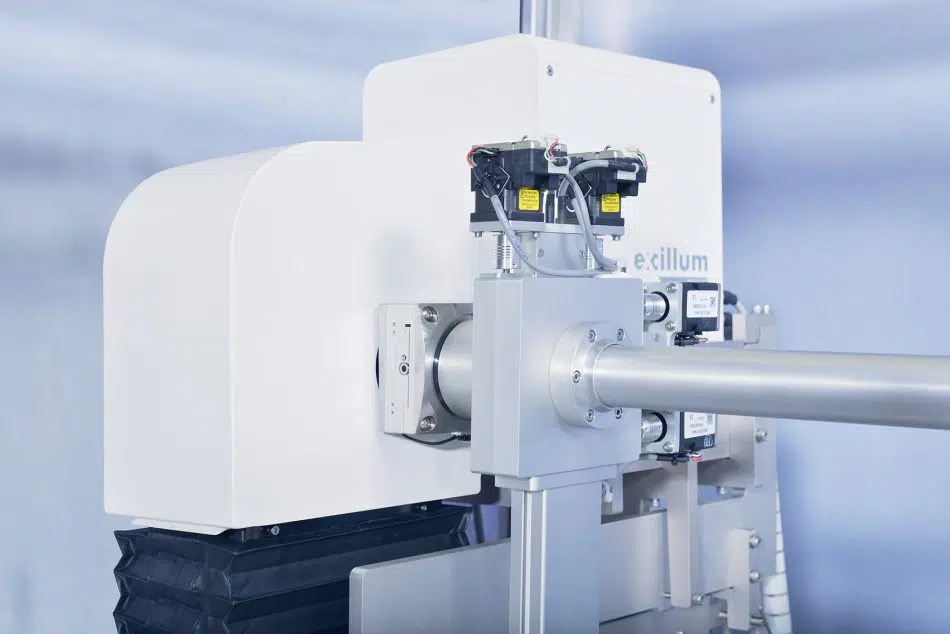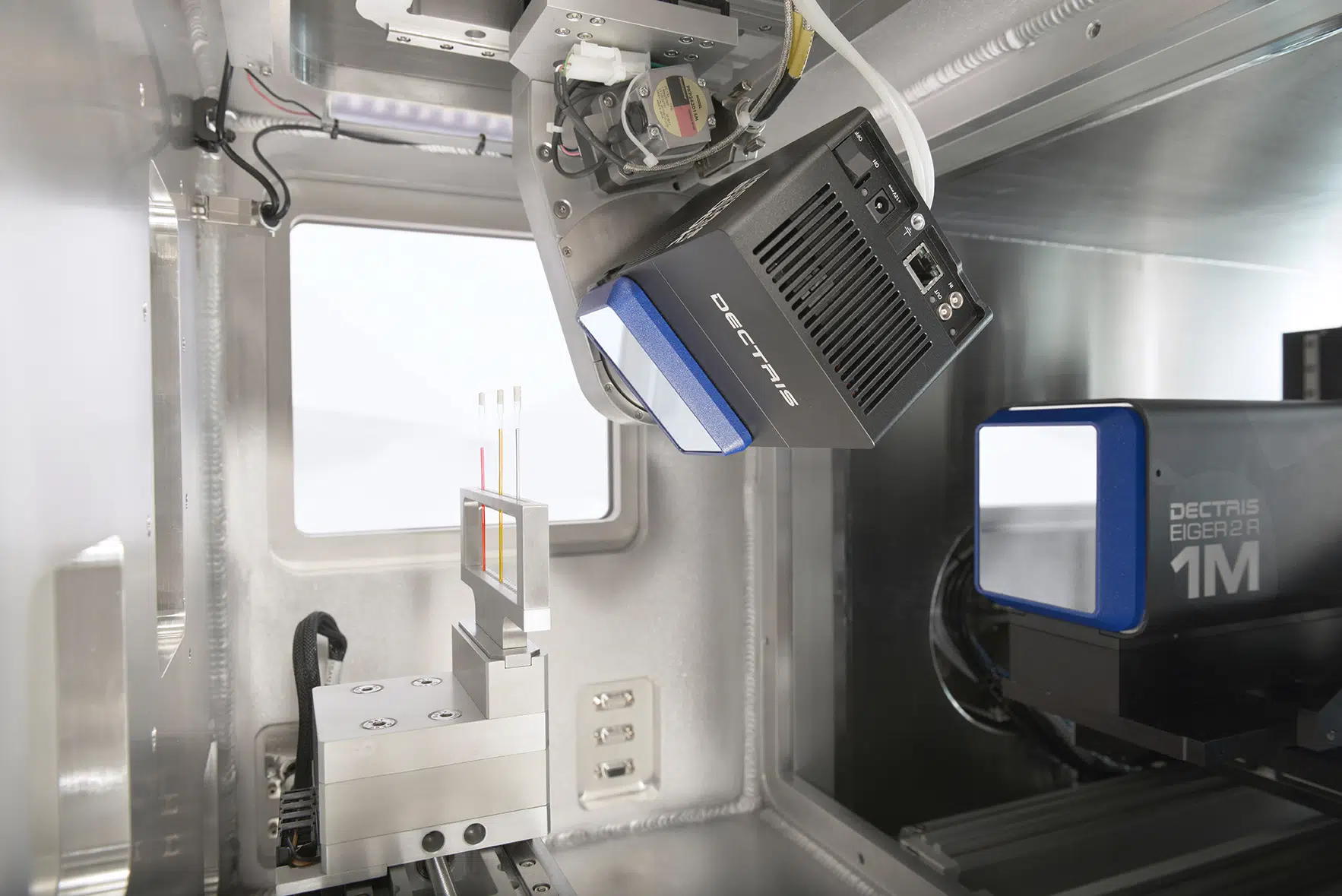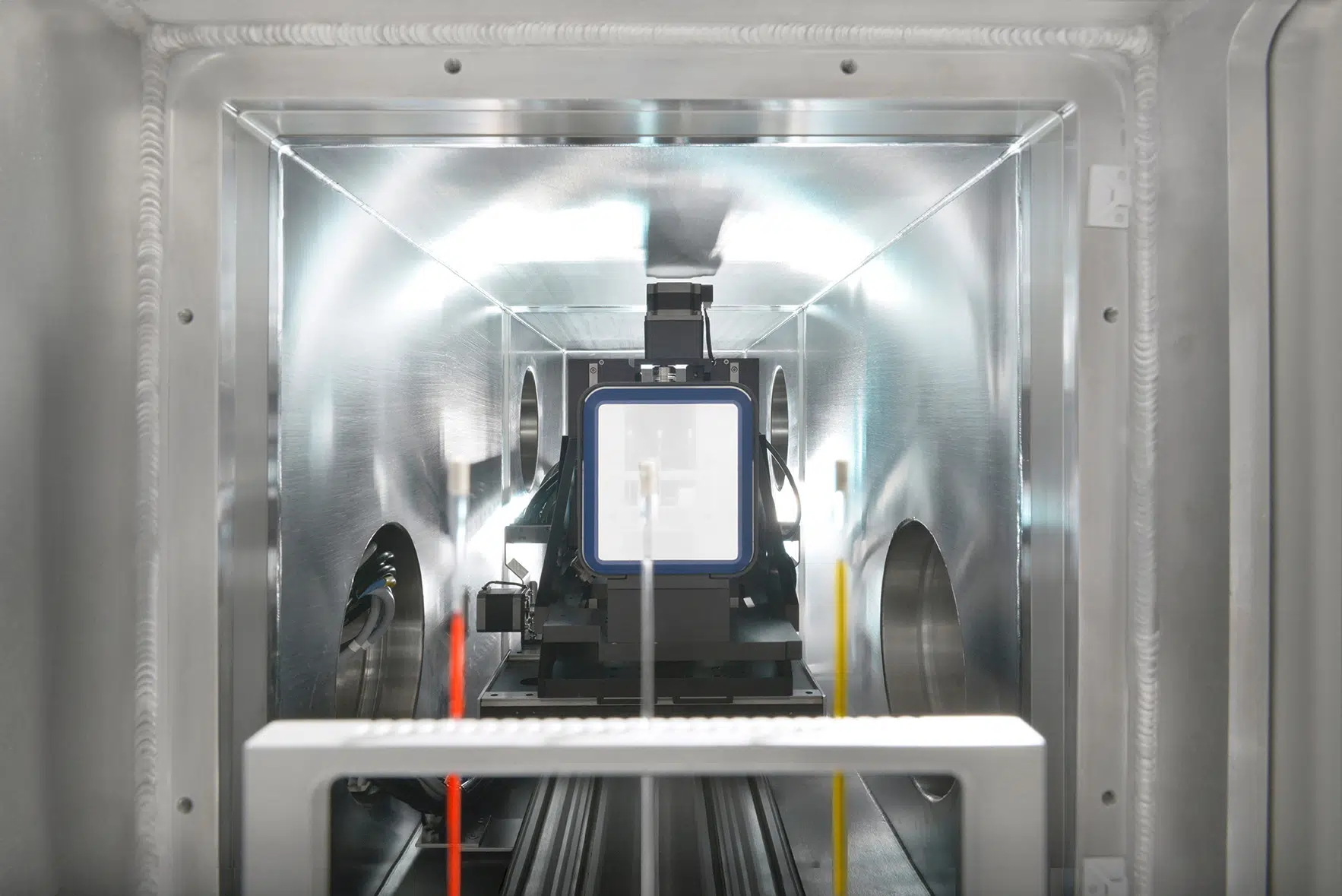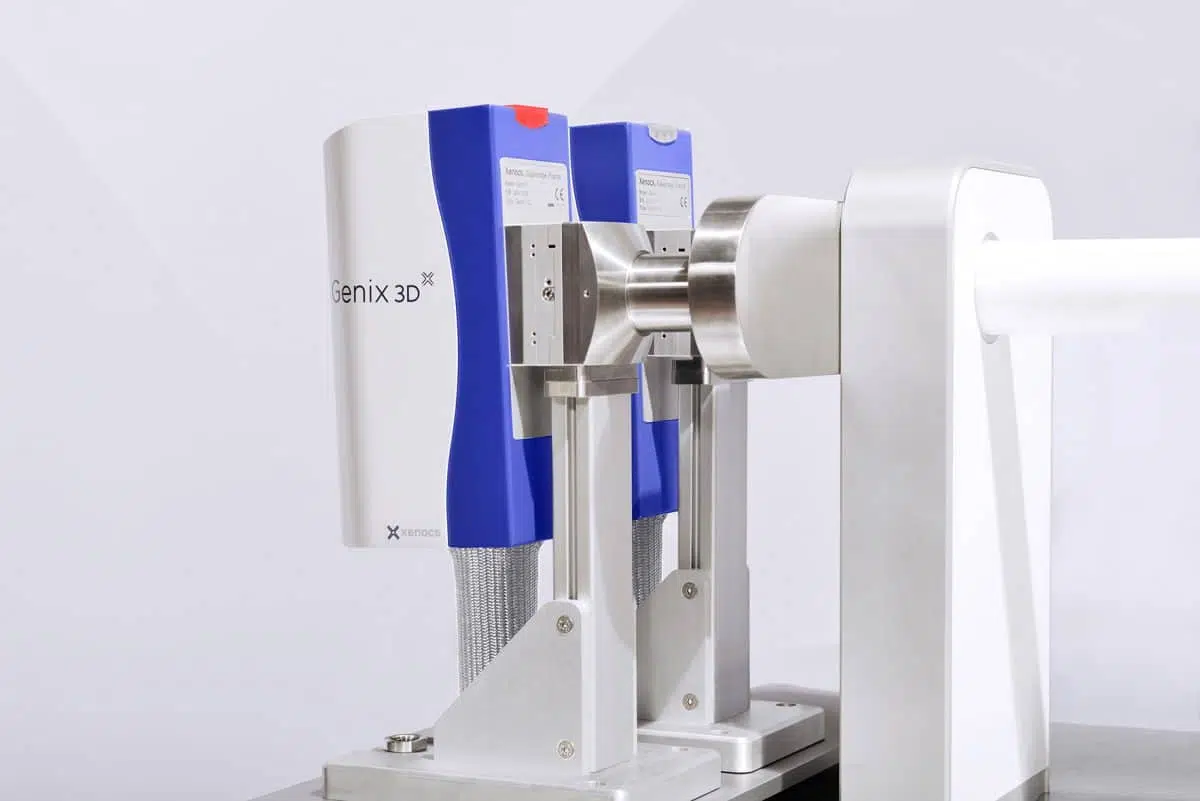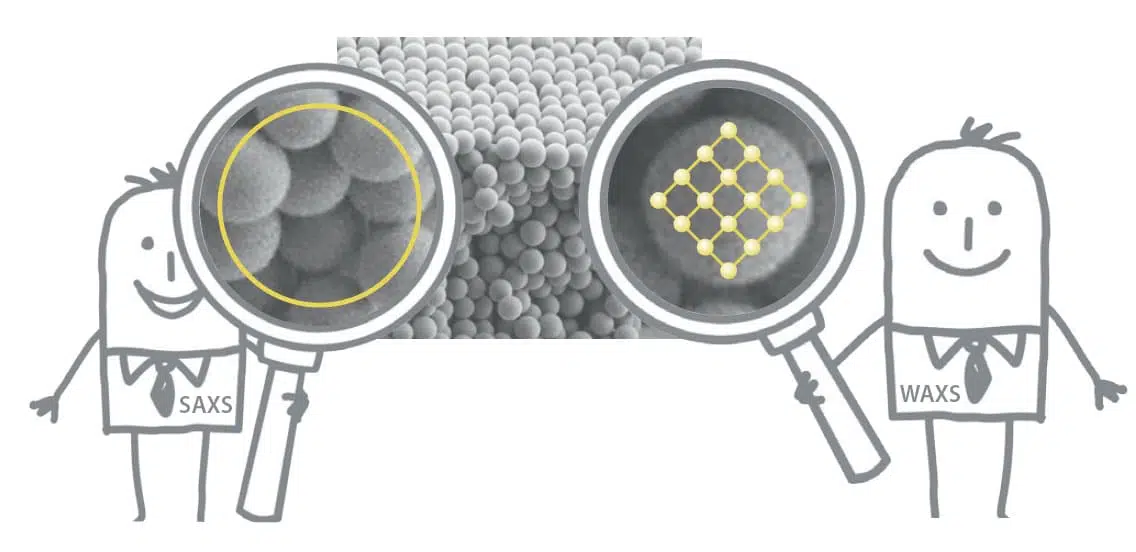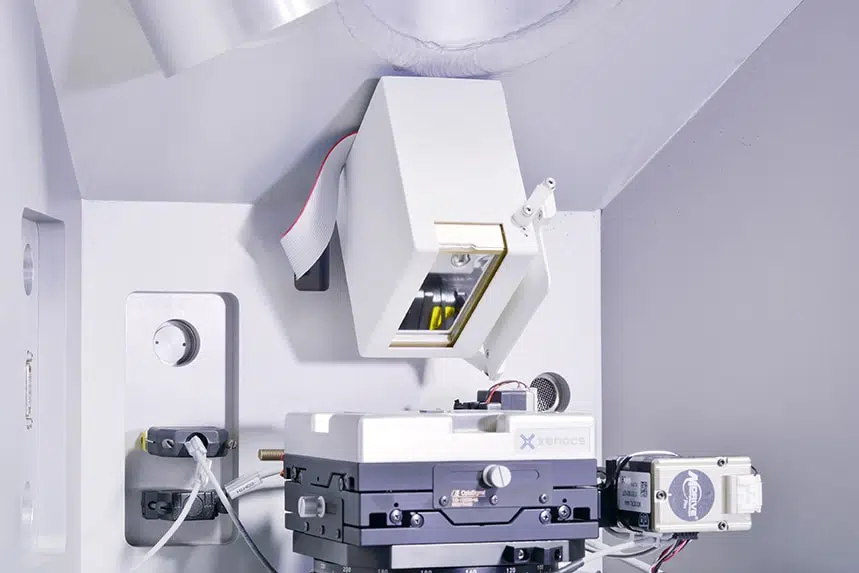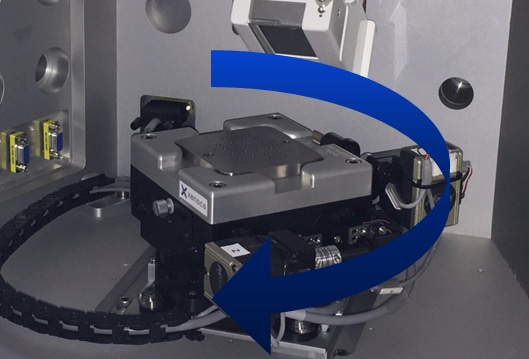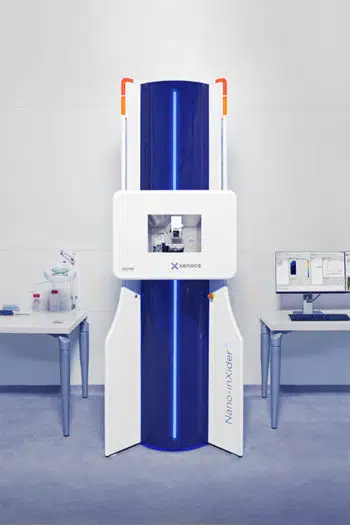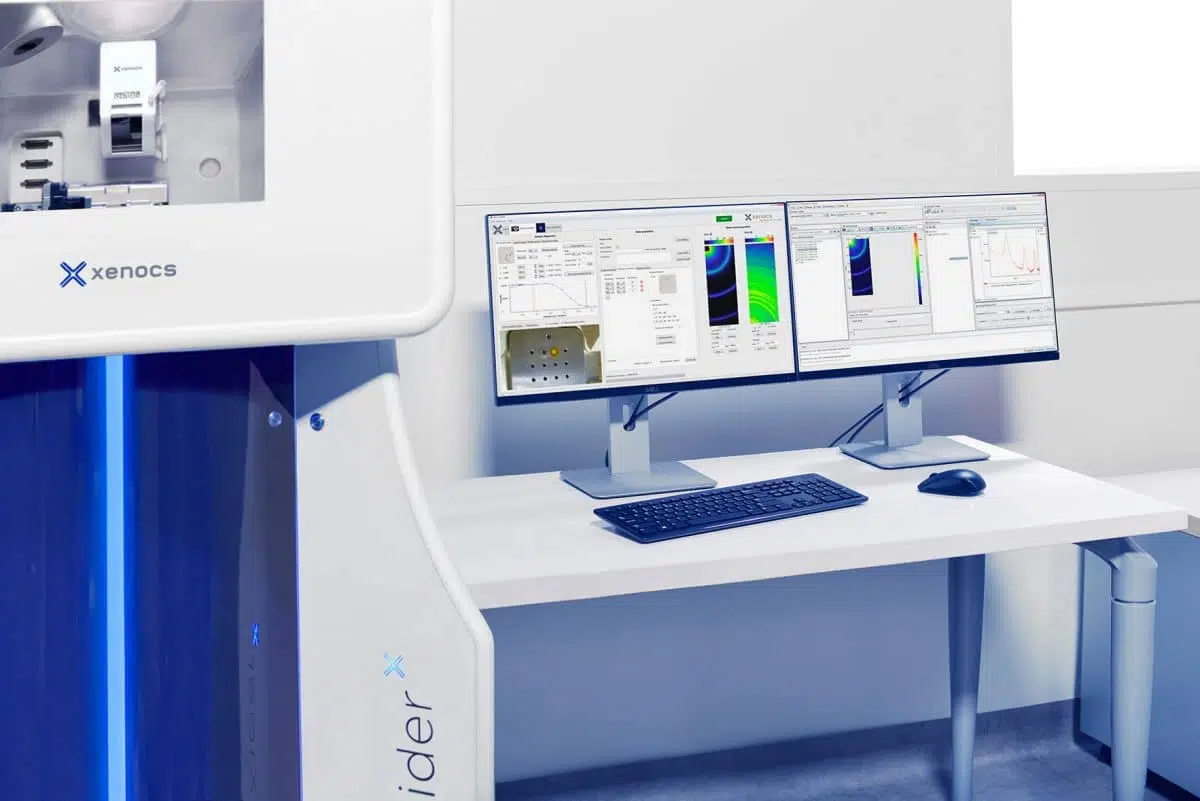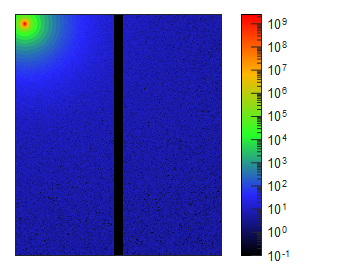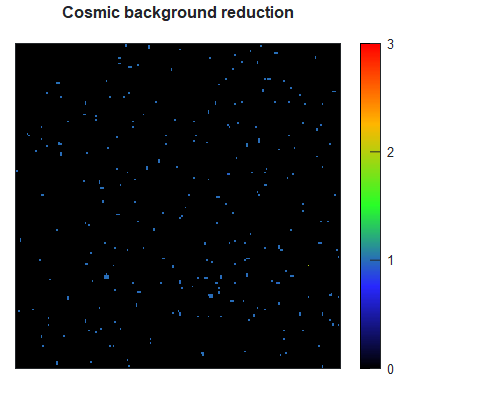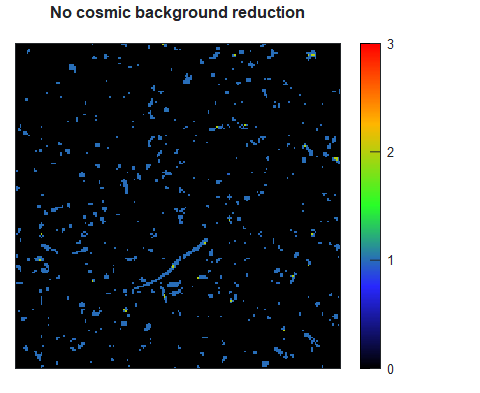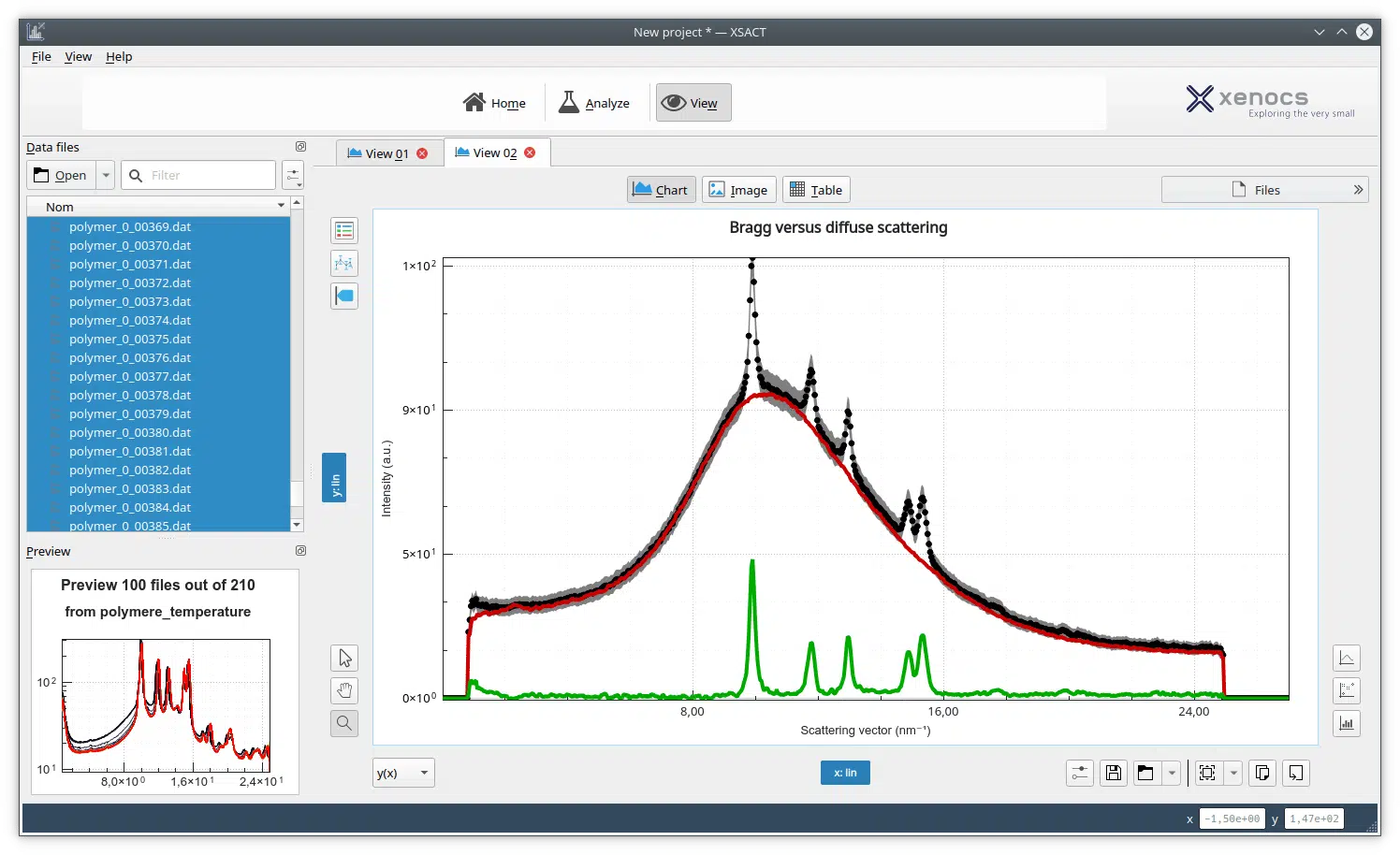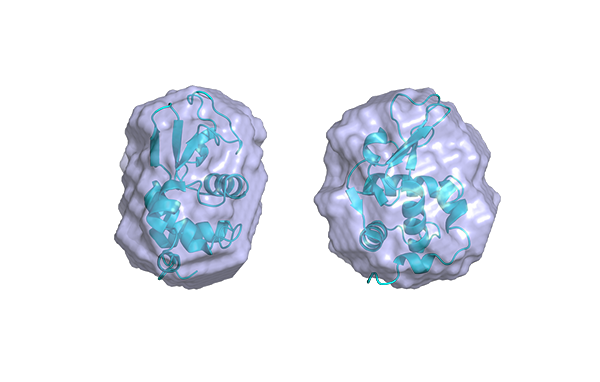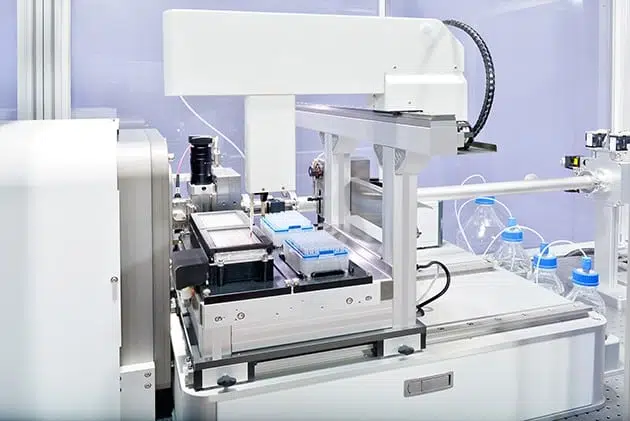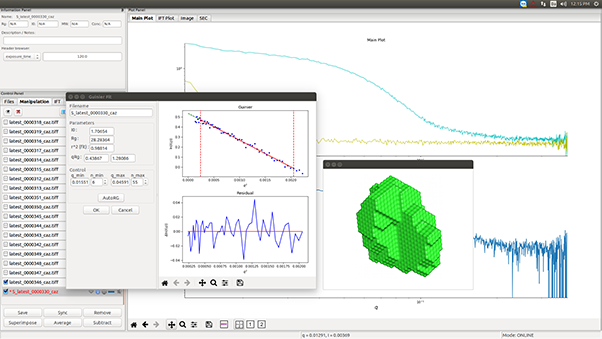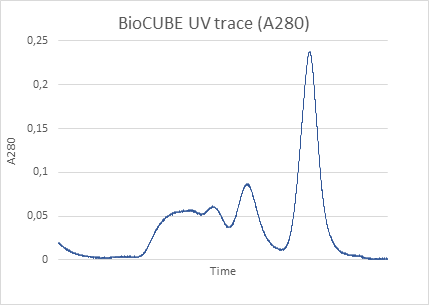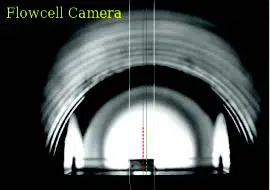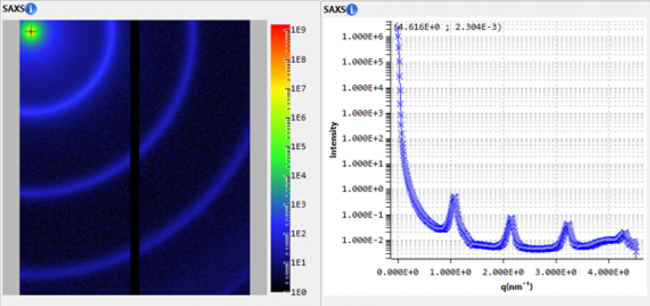Li, Cheng; Wang, Chao; Guo, Yiting; Jin, Yingzhi; Yao, Nannan; Wu, Yonggang; Zhang, Fengling; Li, Weiwei
A diketopyrrolopyrrole-based macrocyclic conjugated molecule for organic electronics
The first diketopyrrolopyrrole based donor–acceptor macrocyclic conjugated molecule was developed and its application in organic electronics was systematically studied. , In this work, the first diketopyrrolopyrrole (DPP) based donor–acceptor macrocyclic conjugated molecule was developed and its application in organic electronics was systematically studied. Macrocyclic…
Transforming an inert nanopolymer into broad-spectrum bactericidal by superstructure tuning
Scilletta, Natalia A.; Pezzoni, Magdalena; Desimone, Martín F.; Soler-Illia, Galo J.A.A.; Catalano, Paolo N.; Bellino, Martín G.
Poloxamer block copolymers (also known as Pluronic®) are particularly useful for drug delivery and self-assembly techniques. These nanopolymers are generally considered to be biologically inert and they were used to generate only bacteria repellent surfaces but keeps bacteria alive and as a latent threat. However, the inherent capabilities of these…
Tuning the properties of electrospun polylactide mats by ethanol treatment
Pavlova, Elizaveta R.; Bagrov, Dmitry V.; Monakhova, Kristina Z.; Piryazev, Alexey A.; Sokolova, Anastasia I.; Ivanov, Dimitri A.; Klinov, Dmitry V.
In the present work, we analyzed the changes in structure and mechanical properties of electrospun PLA mats induced by ethanol treatment. The amorphous PLA mats gained elasticity when immersed into ethanol (the elongation at break increased from ?~50% in air to ?~280% in ethanol) and partly retained it after drying…
Improved thermal conductivity of thermoplastic polyurethane via aligned boron nitride platelets assisted by 3D printing
Liu, Junchao; Li, Weiwei; Guo, Yufeng; Zhang, Hui; Zhang, Zhong
Thermal management is of importance to microelectronics. Owning both excellent thermal conduction and electrical insulation, hexagonal boron nitride (hBN) platelets are widely used in polymer matrices. While the thermal properties rely on the orientation of hBN platelets in polymer matrices significantly. Herein, we report that high thermal conductive hBN filled…
Effect of solvent-matrix interactions on structures and mechanical properties of micelle-crosslinked gels
Xu, Dan; Xu, Ting; Gao, Guorong; Xiao, Ying; Wang, Zongbao; Chen, Jing; Zhou, Yang; Wang, Rong; Yin, Jingbo; Fu, Jun
Previous studies on hydrogels crosslinked by acrylated PEO99–PPO65–PEO99 triblock copolymer (F127DA) micelles demonstrate outstanding strength and toughness, which is attributed to the efficient energy dissipation through the hydrophobic association in the micelles. The current study further focuses on how the solvent property affects the structures and the mechanical properties of…
Formation and evolution of shish-kebab structure during hot stretching in gel-spun ultra-high molecular weight polyethylene fibers with high concentration gel solution
An, Minfang; Lv, You; Xu, Haojun; Li, Yiguo; Wang, Zongbao
Formation and evolution of shish‐kebab crystals of gel‐spun ultra‐high molecular weight polyethylene fibers from high concentration gel solution during hot‐stretching process were studied by in situ small‐angle X‐ray scattering and wide‐angle X‐ray diffraction measurements, differential scanning calorimetry, and scanning electron microscopy. We show that the structural evolution process can be…
The role of fast and slow processes in the formation of structure and properties of thermoplastic polyurethanes
Anokhin, D. V.; Gorbunova, M. A.; Estrin, Ya I.; Komratova, V. V.; Badamshina, E. R.
New multi-blocked thermoplastic polymers containing rigid polyurethane-urea and soft polydiethylene glycol adipate blocks have been synthesized. Basic features of their structure formation have been revealed. Three types of supramolecular organization have been found, which define the behavior of samples under heating and deformation conditions. The shape memory effect has been…
Cavitation-enabled rapid and tunable evolution of high-χN micelles as templates for ordered mesoporous oxides
Lokupitiya, Hasala N.; Stefik, Morgan
The kinetic-entrapment of block copolymer micelles enables size-persistence, however tuning micelle sizes under such conditions remains challenging. Agitation-induced chain exchange via vortexing is limited by the production of solution–air interfaces. Here, we use ultrasonic cavitation for rapid interface production that accelerates micelle growth by an order of magnitude over…
Enhanced intramolecular charge transfer of unfused electron acceptors for efficient organic solar cells
Qin, Ran; Yang, Weitao; Li, Shuixing; Lau, Tsz-Ki; Yu, Zhipeng; Liu, Zhang; Shi, Minmin; Lu, Xinhui; Li, Chang-Zhi; Chen, Hongzheng
It is promising, yet challenging, to employ molecules of slight synthetic complexity to construct efficient and low-cost organic solar cells (OSCs). Herein, two unfused acceptors, DF-TCIC and HF-TCIC, were developed for OSC applications, in which the 3,4-difluorothiophene core connected through a cyclopentadithiophene (CPDT) bridge to 1,1-dicyanomethylene-3-indanone derivatives (IC for DF-TCIC…
An inverted planar solar cell with 13% efficiency and a sensitive visible light detector based on orientation regulated 2D perovskites
Lian, Xiaomei; Chen, Jiehuan; Fu, Ruilin; Lau, Tsz-Ki; Zhang, Yingzhu; Wu, Gang; Lu, Xinhui; Fang, Yanjun; Yang, Deren; Chen, Hongzheng
Improving the film quality is of great importance in promoting the power conversion efficiency (PCE) of 2D perovskite-based solar cells (PVSCs), but the solution to this issue is limited. In this work, a strategy of combining the advantages of the ammonium thiocyanate (NH4SCN) additive and merged annealing (MA) process was…






